For my Senior Design Project, I am designing a battery charger based on a synchronous buck converter topology.
The MCU (Teensy LC) I'm using cannot produce PWM with a high enough frequency (488.28Hz), so I want to use a TLC555 timer as a PWM generator with a constant frequency (500 kHz, preferably higher) and an adjustable duty cycle (50%-95%). In the circuit below, I had planned on replacing the analog pot with a digital pot that would be controlled by the MCU this would allow for closed-loop control of the conveter
I found this circuit online, and while it works for lower frequencies (24 kHz), at higher frequencies the duty cycle control is unstable. That is, the expected duty cycle differs from the simulation.
I would like someone to show me how to derive the formulas that relate R1, R2, Rx, Ry, and C1 to the frequency and the duty cycles I would like to achieve.
